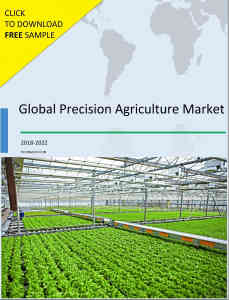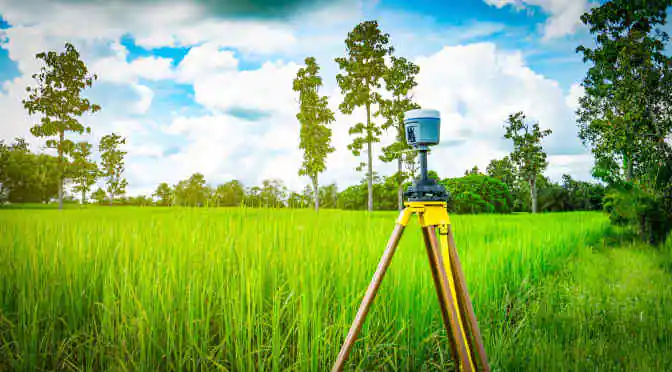The world population is increasing rapidly, so much so that it is expected to reach 9.1 billion by 2050, as per the UN’s Food and Agriculture Organization. And, to feed all these people, global food production will need to grow by 70% to where it stands today. This need must be addressed despite negative developments such as depleting fresh water sources, limited availability of arable lands, and other unpredictable factors like the impact of climate change. A likely solution is Precision Agriculture.
 Noted as a modern and prudent way to tackle the inherent issues and increase the quantity and quality of agricultural production, precision agriculture is all about embracing digital technologies such as sensors and the Internet of Things (IoT). Consequently, farms are more connected and intelligent with the introduction of precision agriculture technology and smart farming. Precision farming is a hot topic in the modern high-tech agricultural world, specifically the use of sensors, big data analytics and GPS services to conserve water and improve yields.
Noted as a modern and prudent way to tackle the inherent issues and increase the quantity and quality of agricultural production, precision agriculture is all about embracing digital technologies such as sensors and the Internet of Things (IoT). Consequently, farms are more connected and intelligent with the introduction of precision agriculture technology and smart farming. Precision farming is a hot topic in the modern high-tech agricultural world, specifically the use of sensors, big data analytics and GPS services to conserve water and improve yields.
IoT powers the new generation of farming
A leading example of the digital transformation that aligns with the UN’s Sustainable Development Goals is the growth of ‘precision farming.’ With new and smart technologies, agriculture is less dependent on dangerous and unexpected environmental changes and can be strategically planned. Precision agriculture is powered by the revolutionary Internet of Things (IoT), which enables farmers to use advanced remote sensors to monitor vital information like air temperature, soil moisture, humidity, and acidity.
Precision farming IoT can also access the weather condition forecast, and prepare in case of seasonal fluctuations or hazards. All of these factors help the farmers to harvest yields, reduce the use of chemicals, and consequently improve profits. By applying big data, mobile, IoT and cloud techniques to farming, which additionally includes planning, planting, growing and harvesting, precision farmers are witnessing a profound impact on increasing on-farm productivity and agricultural yields.
Suggested Reading: The Future of Farming is ‘Smart’: Deciphering the Layers of Hi-Tech Agriculture
How does precision agriculture work?
The core idea behind precision farming is that an agriculturalist should avoid uniform application across his fields, including seeds, fertilizers, and other substances. The farm is prudently mapped using agricultural robots with the appropriate soil sensors. Then, the farmer’s intelligent machinery applies fertilizer and seeds at varying rates based on the soil’s characteristics –organic matter content, moisture, and nitrogen levels- at different points in the field.
Many sensors are being used in farms, and many more are being developed. For instance, there are twenty sensors on a seed spreader machine. These sensors not only measure how many seeds are being deployed but also the seeds’ quality based on its shape and size. If the device finds poor quality seeds, it decides in real time to deploy more seeds and compensate. This real-time decision making competence is backed by in-memory computing powered by cloud-based analytics.
Precision farming application areas also include livestock monitoring, storage monitoring, farm vehicle tracking and large as well as small field farming. Industrial Internet of Things (IIoT) applications are similarly useful for monitoring agricultural facilities such as dairies, stables, and silos.
The future of farming is precision and innovation oriented
It is inferred that agriculture will transform at its fundamental level in the next few decades. This will help the agriculture sector better adjust to climate change, optimize the delivery of quality food on a large-scale distribution platform, and consequently meet the ever-growing sustenance demands of the global population. Continuous innovations by top technology brands will support digital transformation, precision agriculture and smart farming, thus fueling a revolution in the way we produce food.



